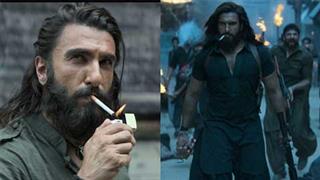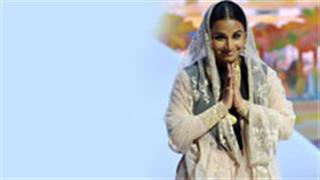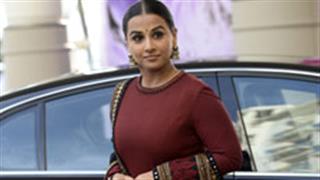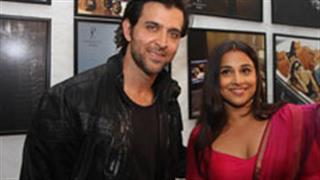The 66th Cannes has richness in store for movie lovers. The international jury makes a headstart here, led by a director of the stature of Steven Spielberg.
For the first time since 2005, his nine-member jury has a majority of film directors. Spielberg is joined by Ang Lee from Taiwan, the Romanian Christian Mungiu, Scottish Lynne Ramsay and Japanese Naomi Kawase. The four actors on the jury, Nicole Kidman, Christoph Waltz, Daniel Auteuil and from India, Vidya Balan, are also unusual, combining star power with critical acclaim. Except for newcomer Balan, the others are Cannes regulars.
Palme d'Or winner Jane Campion will oversee the Cinefondation and short film jury with Nandita Das as fellow juror. Danish director Thomas Vinterberg leads the jury for the popular Un Certain Regard sidebar, which opens with Sofia Coppola's The Bling Ring. This section also features a Filipino film and the latest film by French auteur Claire Denis.
Cannes veterans Soderbergh, Polanski, Payne and the Coen brothers are part of the Competition line-up alongside other notables such as James Gray (The Immigrant), Alexander Payne (Nebraska) and from America Nicolas Winding Refn (Only God Forgives), Arnaud Desplechin (Jimmy P) and Baz Luhrmann with his opening night film (The Great Gatsby).
Out of competition films include J Chandor's (All Is Lost) which has no dialogue. Following the universal hurrah for his film A Separation, Iranian director Asghar Farhadi comes with his film, The Past.
Last year's uproar over the festival bypassing women altogether in the competition section is somewhat placated with Italian/French actress Valeria Bruni-Tedeschi competing with her debut film, Un Chateau en Italie.
The Competition and Un Certain Regard selection does not have a single British or German film but indicates a strong Asian presence.

Of the 11 films in Critics' Week, the seven in competition gives a chance to Indian entry, Ritesh Batra's The Lunchbox, to vie for the Camera d'Or award. A main highlight here is David Lowery's Sundance hit, Ain't Them Bodies Saints. Portuguese director Miguel Gomes (director of the celebrated 2012 film Tabu) heads the jury of four film journalists.
Cannes also generates its controversies. Much is being said about the non-inclusion of Lars von Trier's latest film Nyphomaniac. The singular miss is attributed to von Trier at a 2011 Cannes Conference in Cannes where he jokingly said that he was a Nazi who 'sympathised with Hitler, a little bit'. The ensuing media whiplash was a huge embarrassment for the festival.
The Cannes mantra
'Official selection' is the invocation to achieve the most sublime status in Cannes, when out of the thousands of films entered, a particular film is anointed to grace one of Cannes' official five sections.
These sections are Competition, Un Certain Regard, Cinefondation and the parallel sections, Critics Week and Directors' Fortnight. When films are screened outside of these hallowed sections, they are preview individually organised at the Cannes Market. Such is the power of Cannes that even these personal, paid-for screenings are sometimes touted as prized selections.
Cannes has extended its canopy considerably since its inception in 1946, when it had only one Competition section. It then opened parallel sections that were run independently.
The Critics Week was added in 1962 to permit first and second time filmmakers, whose films did not bend to commercial dictates. Then came Directors' Fortnight in 1969, a new non-competitive section that demonstrated a selection distinguished by independent judgment in the choice of films.
Festival President Gilles Jacob introduced Un Certain Regard in 1978 and also the Camera d'Or award to Critics Week (which Mira Nair won ten years later for Salaam Bombay).
In 1995 Gilles Jacob created Cinefondation to cover and support student films from all over the world. In 2004, the Short Film Corner was instituted for short film producers and directors to present their films and chalk out decisive steps for their future careers.
Add to this the enormous Market section which runs as a fevered side-barsoiree. It too is set around multiple screenings, meetings, pitching, contracting for the lucky ones, and market connections for the less fortunate to develop through the year and even into the next Cannes.


















